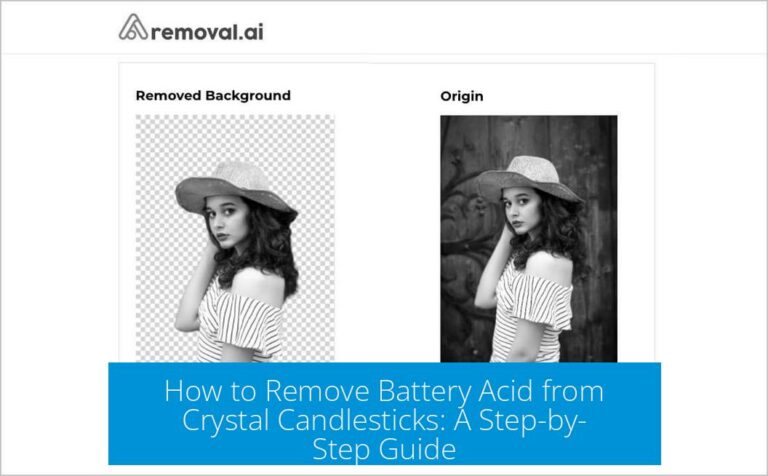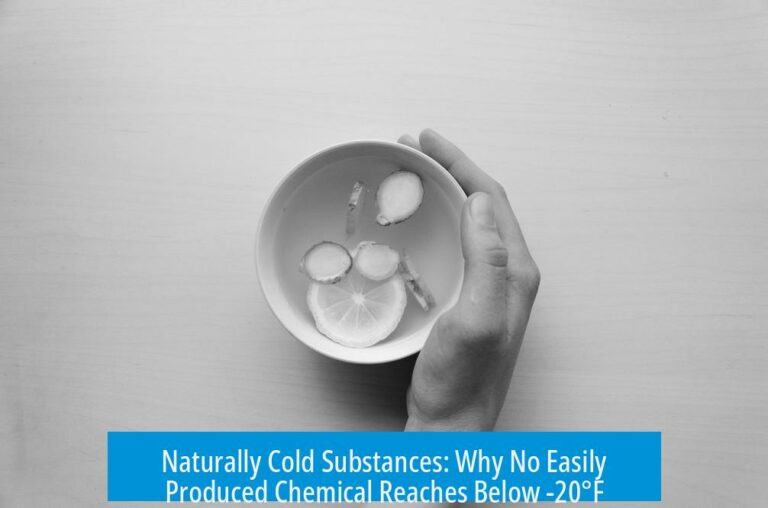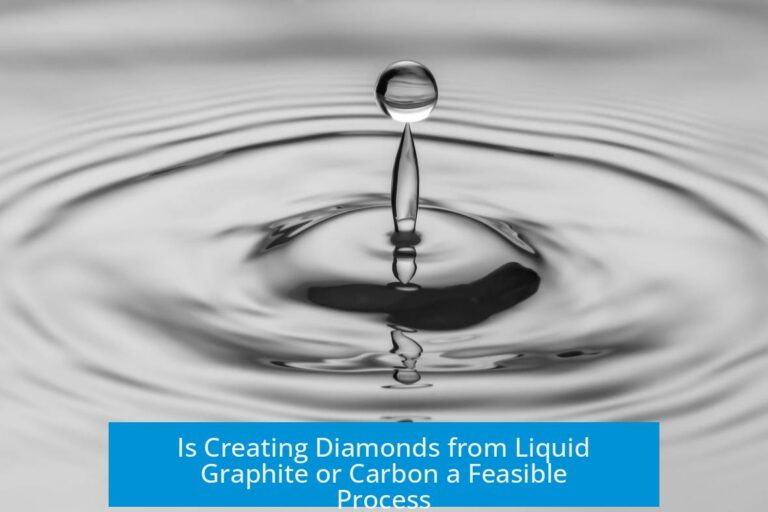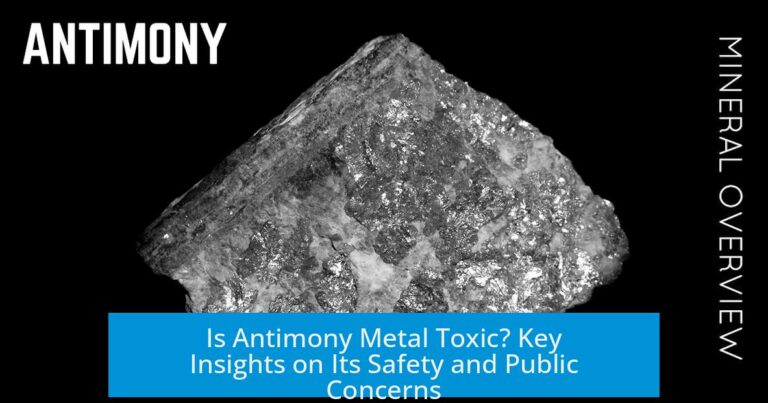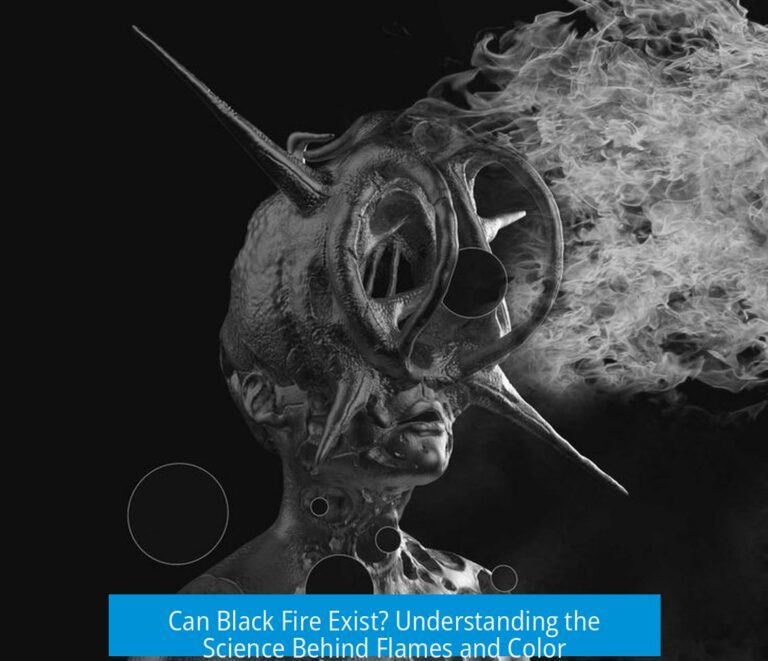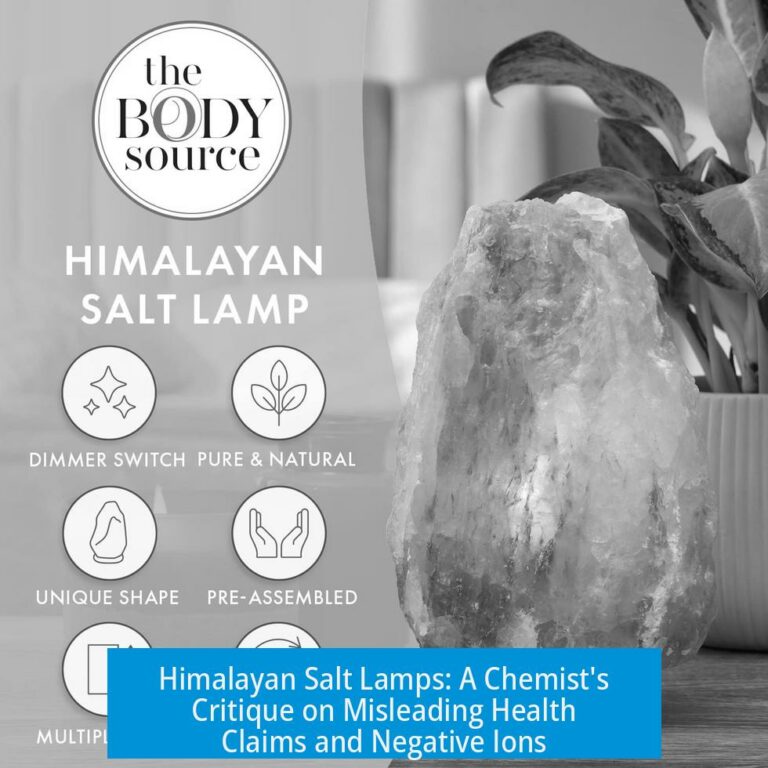Disposable Plates for Moist Food: Safety of Microwave Use Without Chemical Release
Are There Disposable Plates That Hold Moist Food Without Releasing Chemicals in the Microwave? Microwave-safe disposable plates that hold moist food without leaching chemicals do exist, but careful selection is...



